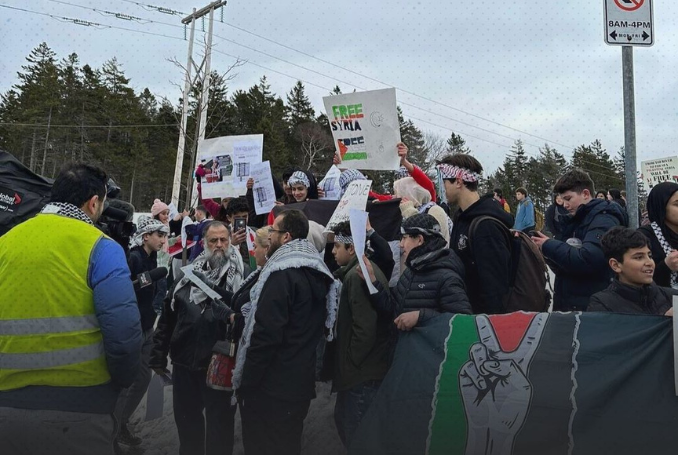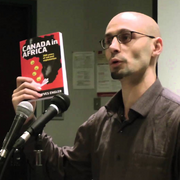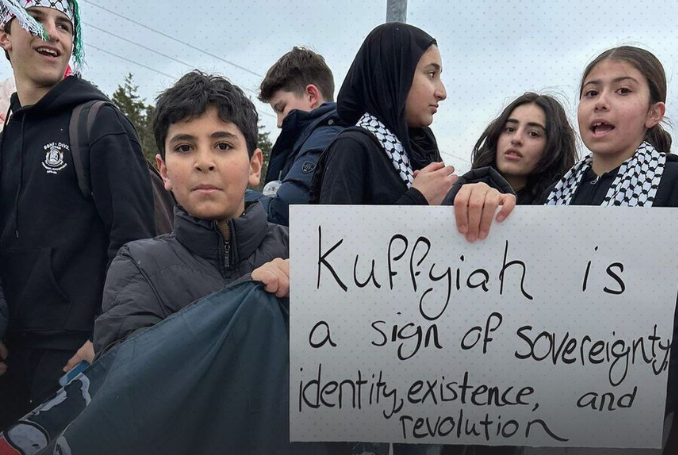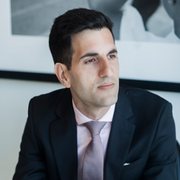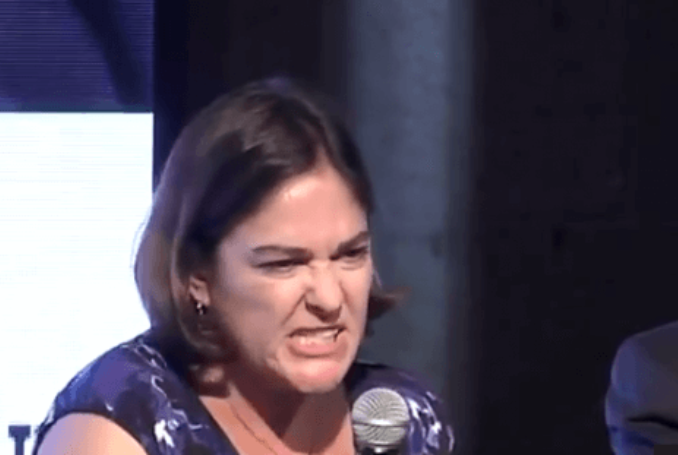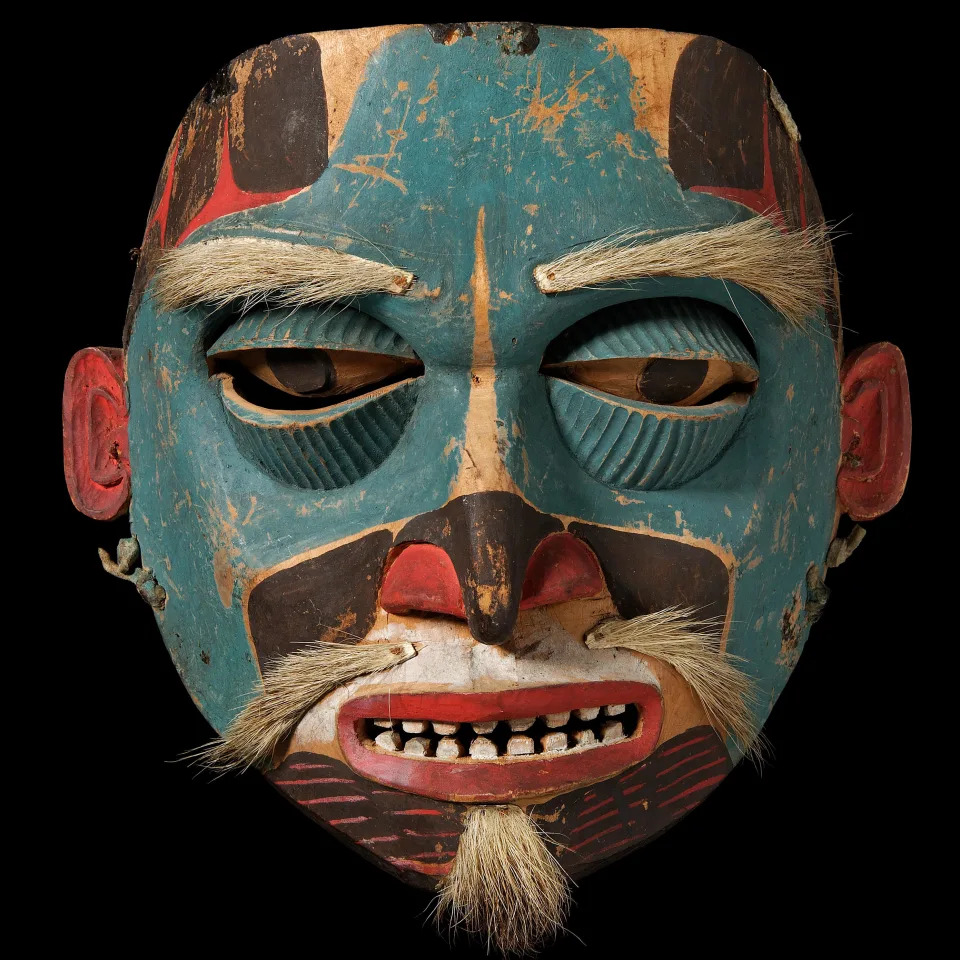ONE DAY IN PALESTINE
Israeli Occupation Threatens 1500 Palestinians in Occupied Jerusalem with Forced Displacement
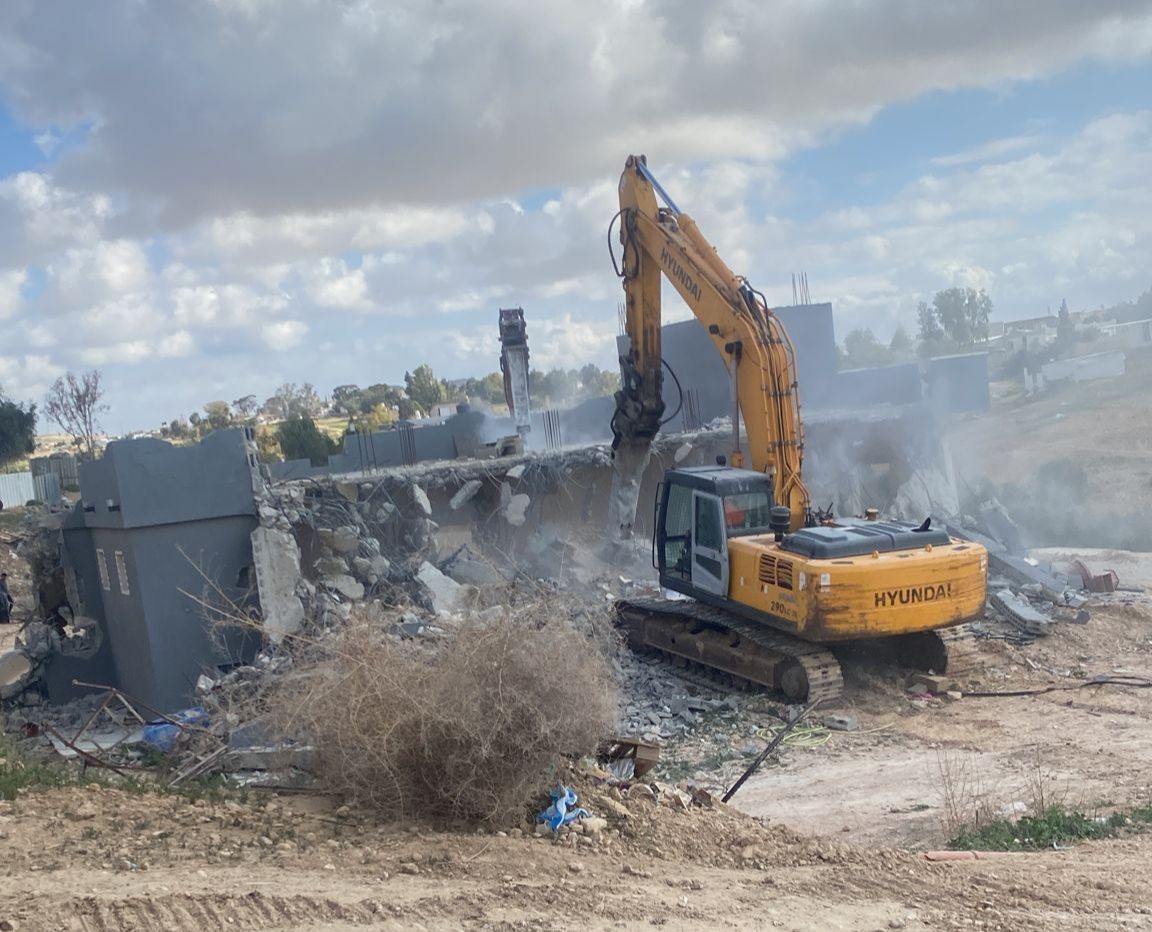
Israeli occupation threatens 1500 Palestinians in the occupied Jerusalem neighborhood of Al-Bustan with forced displacement under the pretext of building without a permit.
Since 2005, the Israeli occupation municipality has been seeking to demolish the entire neighborhood citing buildings without a permit as a pretext. 116 Palestinian-owned homes in the district are at risk of demolition after the Israeli occupation court refused to freeze demolition orders which could be executed at any moment.
The al-Bustan neighborhood is located in the heart of Silwan town and extends over 70 dunums.
In protest against the Israeli illegal demolition policy, Al-Bustan residents continue their protest steps and perform Friday prayers in the sit-in tent in the neighborhood, affirming their adherence to their homes and resisting all Israeli occupation Judaizing plans.
Since 1967, the Israeli occupation has demolished more than 5000 buildings in occuiped Jerusalem under the pretext of non-licensing, displacing 39,000 people including women and children.
Meanwhile, the Israeli occupation has demolished 2,150 Palestinian houses in Silwan since 1967.
Israeli occupation seeks to demolish 116 houses in the Al-Bustan neighborhood and forcibly displace its residents after demolishing 15 houses in the last five years.
Al-Bustan is one of the six Jerusalemite neighborhoods threatened by the nightmare of demolition and ethnic cleansing in Silwan to control the town and the vicinity of the Al-Aqsa Mosque.
Settlers assault a youth in occupied Jerusalem and herders in the south of the West Bank
The beaten boy in Jerusalem arrested. (Wadi Hilweh Information Center)
JERUSALEM/HEBRON, Saturday, March 11, 2023 (WAFA) – Israeli settlers today assaulted a Palestinian youth in occupied East Jerusalem and herders in the south of the occupied West Bank.
In Jerusalem, witnesses said settlers and police beat a youth at Damascus Gate, one of the main gates into the Old City. He was also detained by the occupation forces.
In the south of the West Bank, settlers attacked Palestinian shepherds while herding their sheep in the pastures in the Jawiya area in Masafer Yatta and forced them to leave the area, according to Rateb al-Jabour, a local activist.
He told WAFA that the settlers also attempted to steal the sheep of one of the shepherds.
M.K.
Palestinian youth attacked by Israeli settlers, police in east Jerusalem
The New Arab Staff
11 March, 2023
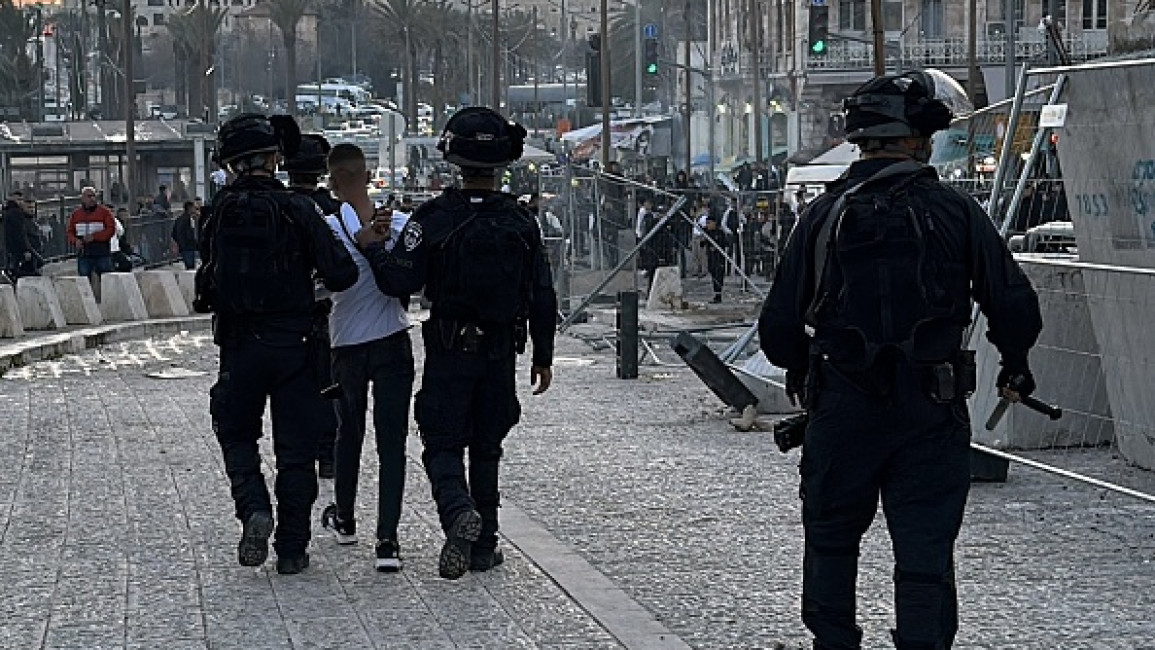
Israeli forces and settlers regularly intimidate, harass and assault Palestinians in the occupied territories [Getty]
Israeli settlers on Saturday carried out a series of attacks on Palestinians in the occupied territories of east Jerusalem and the West Bank.
The settlers, as well as police officers, assaulted and beat up a Palestinian youth at Damascus Gate, located at the Al-Aqsa compound in the Old City of east Jerusalem, reported the Palestinian WAFA agency on Saturday, citing witnesses.
The boy, whose identity was not revealed, was later detained by Israeli police officers.
Settlers also attacked a group of Palestinian herders in the southern West Bank, who were herding their sheep in fields near the Jawiya area of Masafer Yatta, according to a local activist.
In-depthJessica Buxbaum
Rateb al-Jabour told the Palestinian news agency that the herders were forced to leave their field while a settler attempted to steal one of the group’s livestock.
The Masafer Yatta region has been the site of increased anxiety and confrontations, due to Israel wanting to forcibly expel Palestinian residents of the region’s 12 villages to make way for a military live-fire training ground.
In May 2022, the Israeli Supreme Court upheld a law enabling the expulsion of some 1,000 Palestinians from the area, after a two decades-long legal battle.
Since then, Israeli authorities have gone on to demolish a number of homes and structures belonging to Palestinians, and have put forward the eviction of several residents. The Israeli Supreme Court claims that Palestinians living in the villages were not permanent residents of the area in the 1980s, when the army declared the area as a firing zone.
Rights groups, such as Amnesty International, have slammed the move.
Israel has carried out a number of violent incidents in the occupied territories this year, in what has been described as the "bloodiest" period in recent Palestinian memory.
At least 80 people have been killed in 2023 so far, including 15 children, while scores more are subjected to attacks at the hands of Israeli settlers and forces.
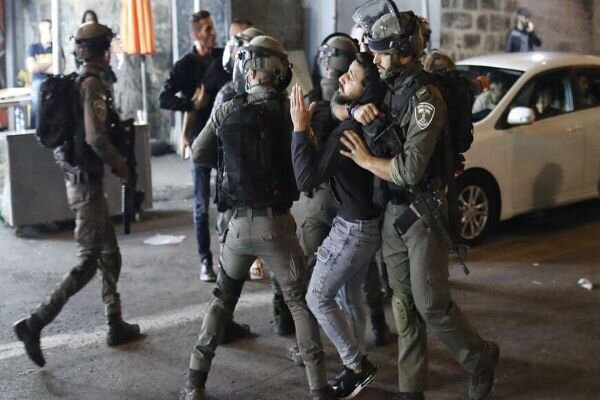
TEHRAN, Mar. 11 (MNA) – A 16-year-old Palestinian was martyred and dozens of others were injured during the attacks launched by the Zionists on different regions of the West Bank on Friday.
The Palestinian youth was shot dead by the Israeli regime's forces during the clashes in Qalqilya.
Zionist military forces also shot at Palestinians with war bullets and plastic bullets during Qalqilya skirmishes.
Dozens of Palestinians were also wounded during the Israeli regime's troops' attacks on different areas in the West Bank.
Clashes were also reported between the Zionists and Palestinians in the south of Al Khalil and the Occupied al-Quds.
Israeli Forces Kidnap Several Palestinians in West Bank

Israeli occupation forces IOF kidnapped five Palestinians during raids in different parts of the occupied West Bank on Saturday morning, March 11, 2023.
Palestinian local sources reported that Israeli occupation forces kidnapped five Palestinian youths, including four ex-detainees, after raiding their homes in occupied Qalqilia.
In addition, Israeli occupation forces invaded different towns and villages in occupied Jenin, which triggered confrontations.
In Bethlehem, Israeli occupation forces kidnapped a Palestinian woman and four youths in their 20 after breaking into and searching their homes.
Local sources reported that the Israeli forces assaulted a Palestinian man after wreaking havoc on his home in Battir town, west of occupied Bethlehem.
Meanwhile, Israeli occupation forces invaded Nablus and removed several Palestinian flags in the town of Sabastia, north of the city.
Earlier on Friday, Israeli occupation forces abducted two Palestinian children in Tel Rumeida in the occupied West Bank city of Hebron.
Israeli occupation forces carry out daily incursions into the Palestinian homes in the occupied West Bank and Jerusalem.
The Israeli raids result either in arrests, injuries, or terror. Other deadly raids result in murders.
According to Palestinian figures, Israeli occupation forces detained 480 Palestinians, including 62 children and 10 women, in February 2023.
Israeli Soldiers Injure Many Palestinians In Beit Ummar
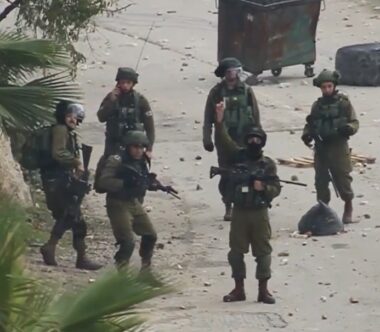
On Friday, Israeli soldiers injured many Palestinians in Beit Ummar town, north of Hebron, in the West Bank’s southern part.
Media sources said the soldiers invaded the Beit Za’ta area, in the eastern part of the town, leading to protests, and fired many live rounds, rubber-coated steel bullets, and gas bombs.
They added that the soldiers shot a Palestinian with an expanding bullet in the leg, causing serious bone fractures before he was rushed to a hospital.
Palestinian medics also treated five young men who were shot with rubber-coated steel bullets, one who was shot with a gas bomb in the head and many who caused many who suffered the effects of tear gas inhalation.
Also Friday, a paramilitary Israeli colonizer killed Abdul-Karim Badea’ Sheikh, 21, at an illegal colony after he reportedly attacked him with a knife, near Qalqilia, in the northern part of the occupied West Bank.
Thursday morning, the Palestinian Health Ministry confirmed the death of Walid Sa’ad Daoud Nassar, 14, who was seriously injured by Israeli army fire two days ago when the soldiers killed six Palestinians in Jenin, in the northern West Bank.
Newspapers Review: Israeli killing of Palestinians in West Bank highlight of dailies

RAMALLAH, Saturday, March 11, 2023 (WAFA) - The three Palestinian dailies published today, al-Quds, al-Hayat al-Jadida, and al-Ayyam, highlighted the killing of a young man by a settler’s bullets, and a child by the occupation forces’ bullets in Qalqilya, as well as the injuries during the Israeli army suppression of the weekly protests in the West Bank.
Following are the main headlines of these newspapers:
Al-Hayat al-Jadida:
Exchanging roles in the crime: Two martyrs from Qalqilya and Sineria were shot by the occupation forces and settlers
The President congratulates his Chinese counterpart on his unanimous election to a third term
Shtayyeh warns of the dangerous repercussions of the Israeli occupation's crimes
Prisoners sit-in in the prison yards; solidarity activity in Bethlehem
Education Ministry: Cuts in salaries of teachers to be redeemed in the March pay for those who return to work and compensate the students
Palestine and the Vatican stress that freedom of worship and access to holy places must be guaranteed
Xi Jinping wins a third term as president
Riyadh and Tehran agree to resume relations
The legal advisor to the Israeli government ordered a freeze on the decision to dismiss the police chief in Tel Aviv
Novelist Hassan Hamid won the Naguib Mahfouz Award in Egypt and the Arab world
The Factions’ Coordination Committee: The language of violence and treason is a violation of the most basic moral and patriotic values
Al-Ayyam:
Qalqilya: A settler shoots dead a young man, and the occupation army kills a boy during a demonstration
Netanyahu insists on passing the judiciary law, despite Herzog's warning of a catastrophe
The occupation authorities retract a decision to deliver the body of a martyr from Ni'lin
Friday's marches on time: Clashes and injuries; confronting incursions in Tulkarm, Beit Ummar, and Tuqu
Citizens and solidarity activists renew the demonstration in Sheikh Jarrah
Riyadh and Tehran announce the resumption of their diplomatic relations and the activation of security and trade cooperation
General Israeli concern: A dangerous, perilous, and very bad agreement that represents a complete failure
Education Ministry: Reimbursing cuts in salaries for teachers committed to work
Al-Quds:
Two martyrs in Qalqilya, one of them a child
The prisoners continue their collective mutiny for the 25th day
Saudi Arabia and Iran agree to restore diplomatic relations between them
A European delegation held and prevented from reaching the Jordan Valley
Injuries during the suppression of the weekly peaceful marches
Europe is preparing a joint statement against the death penalty for Palestinians, which Israel is working to enact
Washington warns against canceling the disengagement from the settlements evacuated in the northern West Bank
Netanyahu and Meloni discuss improving relations
M.K.
120+ Organizations Campaign Against Israel’s Retention of Palestinian Martyrs
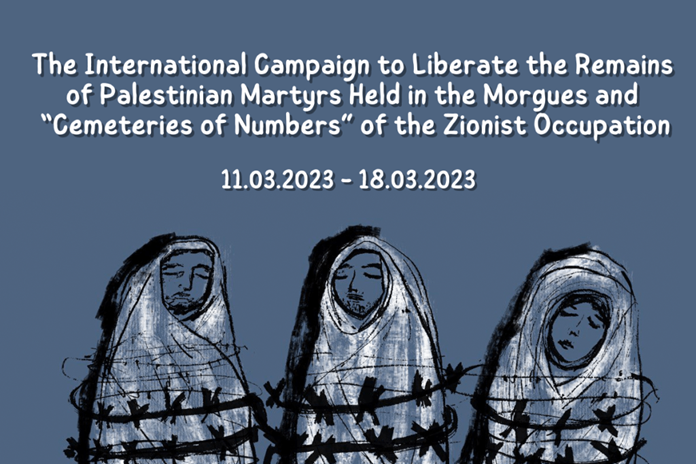
Above 140 International organizations have launched a campaign calling for Israel to release the bodies of Palestinian victims held by its authorities.
The International Campaign to Liberate the Remains of Palestinian Martyrs expressed solidarity with the families of Palestinian victims whose bodies are held.
The campaign is scheduled to start from March 11 to March 18, Samidoun Network reported.
Israeli occupation authorities hold the bodies of 256 Palestinian victims killed by Israeli forces in the Cemetery of Numbers. 131 others are held in the morgues.
Human rights institutions said that the Israeli policy of holding the bodies of Palestinian victims has been used since 1948.
Israel has significantly escalated holding the victims’ bodies since the development of the Palestinian revolution after 4 June 1967
